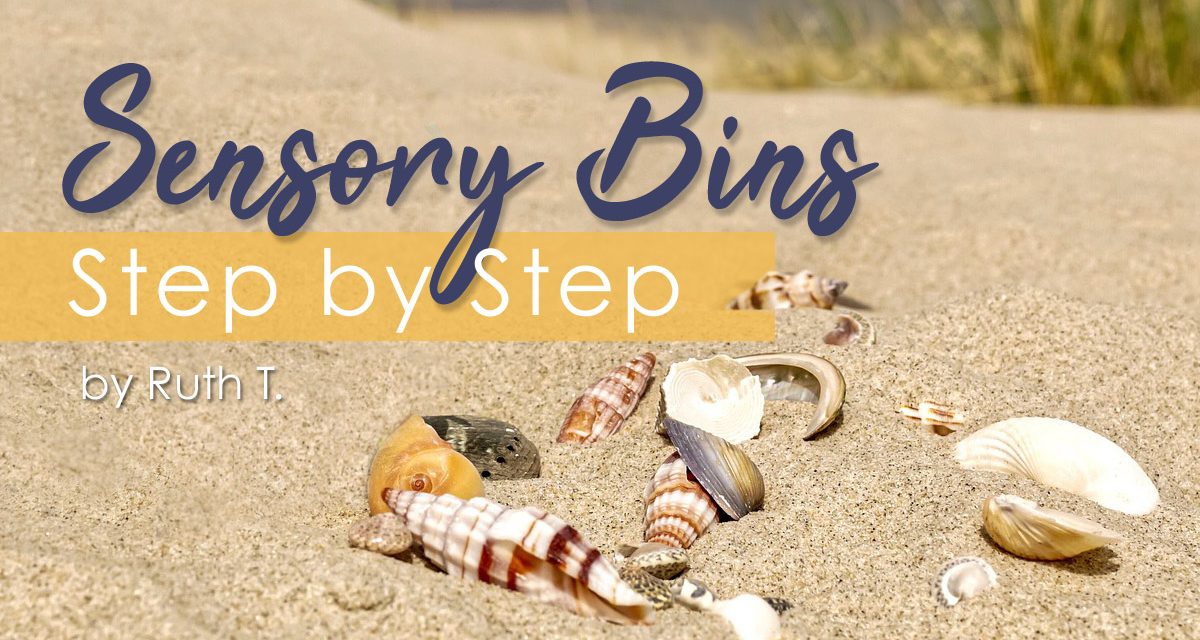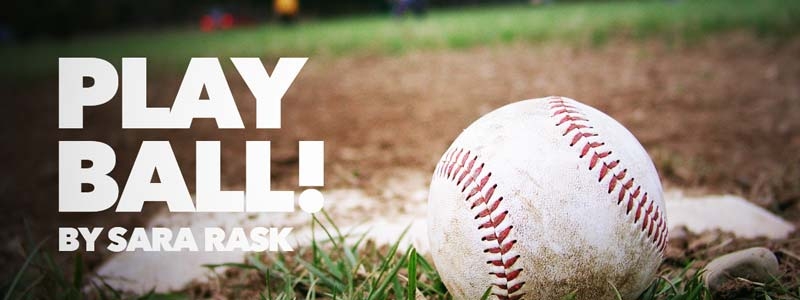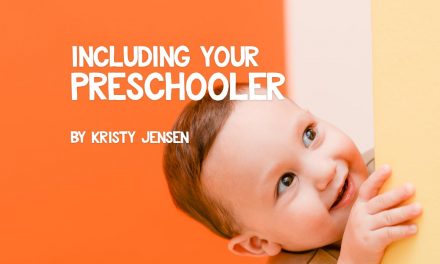He’s been working there for 20 minutes: pushing the shaving cream from one side to the other finding buried treasure. Sensory Bins are like learning centers in a box. Open the lid and behold: an age-appropriate activity to enrich learning. The goal is creating unique, self-contained, multisensory, independent activities. All this, while scooping, digging, filling containers, and completing tasks.
Who benefits from sensory bins? Short answer: everyone. We often think of them for younger children who need investigative play and are developing their fine or gross motor skills. Some supervision might be needed for young ones, but sensory bins are designed to be used independently for ages 3 and up. Bins can provide a calming activity for an overstimulated child, a quiet time activity when younger ones are napping. Use them for “together play” so siblings can learn together while you’re working with older kids. You can use them as a “school time” for young ones, teaching or reinforcing concepts and topics.
You’ll just need a few things to make your own sensory bins: a container of your choice, a filler material, (usually either dry or wet), discovery items to engage with (and potentially, hand tools—like scoops or tongs to increase the difficulty).
Putting a sensory bin together is simple:
Step 1: Consider what activity your child will explore.
There are so many activities that will work in sensory bins. Quick Internet searches results in a plethora of ideas. But don’t be overwhelmed. You may look at these and think, “yet, another thing to do!” Remember, you don’t have to take on the task of creating the contents yourself. Use the creation of the sensory bin as an activity with your child, helping them make it. Or, have an older child create one with a sibling. I promise you. Having your child involved in making the activity will not spoil the fun of doing it. There are also lots of premade activities that are perfect for bins. Maybe an older child is making slime in a science experiment: put the results in a sensory bin for another child to explore.
Some considerations: Will everything stay in the container? Will your student take the discovery items out and engage in an activity with them? Your child’s age, learning stage and methods, and their dexterity level will also affect the activity choice. Will you store the contents in the container or will the filler material need to be stored separately?
Step 2: Decide if you want a dry or wet sensory box.
Dry sensory bins tend to be a little easier in clean up and have a longer “shelf life.” You can easily rotate your stock, giving another sensory bin a try. You can also easily change out the discovery items—and make it totally new. For fillers, your child’s age and the level of mess you’re comfortable with are really the deciding factors. Try aquarium rocks, colored sand, birdseed, plastic grass (think Easter basket), products like Playmais®, Kinetic sand, and more. You can even add child-friendly scents if desired to bring in an additional sense to the learning experience. When choosing, consider the texture, color, filler size and your child’s individual needs and traits (For example, will they be tempted to ingest the filling; are they particularly sensitive to some scents or textures?). Some favorite fillers for low cost and high reusability are colored Epsom salts, colored rice, and dried beans.
Wet sensory bins bring an innate level of excitement AND mess. These can be great to use outside. Or lay out an old plastic shower curtain or tablecloth inside just for these. The simplest but most versatile filler is water: warm or cold, or add some food color, ice, bubbles (Your child making these with a whisk can be an activity in itself.), etc. Other wet fillers can include homemade or some creative purchase options could be slime, MadMatt®r, Playfoam®, or Aquabeads®.
Step 3: Get a container.
Determining your needed size will depend on your projects. Most typical size is the 2-quart tote. However, your project will determine your container size. Tall containers will add a challenge level to the dexterity.
Step 4: Add tools and discovery items.
The emphasis here is on a variety of textures. Add plastic funnels, scoops, jumbo eye droppers, or tweezers help build a child’s motor skills. What should you put in the filler? Practically, the sky’s the limit. Children will love discovering Bathblocks (in water play), plastic eggs with surprises inside, Safari Ltd.® Toob characters, gems: so many options. You probably have manipulatives around the home that will get an upgrade in fun and use when used in a sensory bin: i.e., magnetic letters, math counters, 2-piece puzzle sets. Items that have lost their interest used the traditional way can be transformed inside a sensory bin. Try changing up with themes such as holidays, topics that relate to read-alouds or correlate with what older kids are studying.
Step 5: Change up your discovery items and activities.
Too much of anything can become unappealing. Make sensory bins accessible only during specified times. Switch them out occasionally. Add new elements or new tasks to the bin. For example, start out with identical plastic counters, then add in different shapes and colors: new tasks for the same box. Just changing the filler from dry to wet can bring in new appeal. Allow your child’s interest to determine the time spent.
Step 6: Enjoy!
Sensory bins create multiple benefits simultaneously. Take some time and enjoy them with your child. Give one a try and share your ideas with us. Be on the look out for our Sensory Bin idea video.
~ Ruth





